Many of you have probably seen the term “Hot” blitz (or “Hot” pressure) thrown around at some point – I know Ross has provided examples of “Hot” blitzes in a few of his articles. The sole purpose of this article will be to take a deeper look at what exactly a “Hot” blitz is, and I will provide a few examples of “Hot” blitzes through video clips and diagrams.
A “Hot” blitz is simply a 6-man blitz with 3-deep / 2-under coverage. “Hot” describes the type of coverage behind the 6-man blitz (3-deep / 2-under). The three deep defenders are, naturally, responsible for the deep thirds of the field. Meanwhile, the two underneath defenders are considered the “Hot” defenders – they are responsible for the seams, and they are reading the quarterbacks eyes (they are also sometimes referred to as either the “Eyes” defenders or the “Poach” defenders, depending on what lingo the particular coach adopts).
“Hot” blitzes were initially popularized by Pat Narduzzi and Mark Dantonio during their Michigan State days. Since then, many other coaches have incorporated heavier doses of “Hot” blitzes into their playbooks. Brent Venables, in particular, frequently uses “Hot” blitzes.
For example, in the following clip, you will see Clemson running a double A-gap “Hot” blitz in their 2018 college football playoff game against Notre Dame:
And the following diagram is a picture of that exact play straight from Venables’ Clemson playbook:
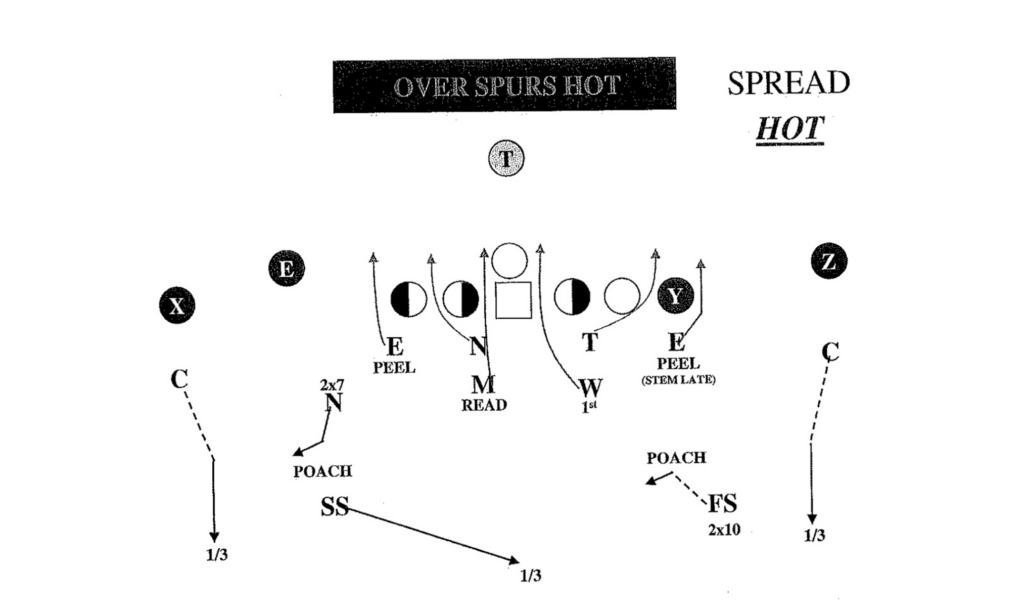
As you can see in the above clip and diagram, the nickel (#11 to the bottom of the screen lined up over the slot receiver) and the boundary safety (the safety to the top of the screen) sink underneath to defend the seams and read the quarterback’s eyes, while the field safety and both cornerbacks drop back and cover the deep thirds of the field. That is just one of many examples of different “Hot” blitzes in Venables’ playbook.
Jim Knowles rarely used “Hot” blitzes in 2022. In fact, the last time “Hot” blitzes were a significant part of Ohio State’s defensive gameplan was against Penn State in 2021, when Matt Barnes called for a plethora of them throughout the night.
In the next clip, for example, Barnes called for a “Hot” blitz out of a 3-2-6 Dime package. There are six total rushers, the nickel to the field (#10 to the bottom of the screen lined up over the tight end) and the boundary safety (the safety to the top of the screen) are the two “Hot” defenders, and the deep thirds of the field are taken by both cornerbacks and the field safety:
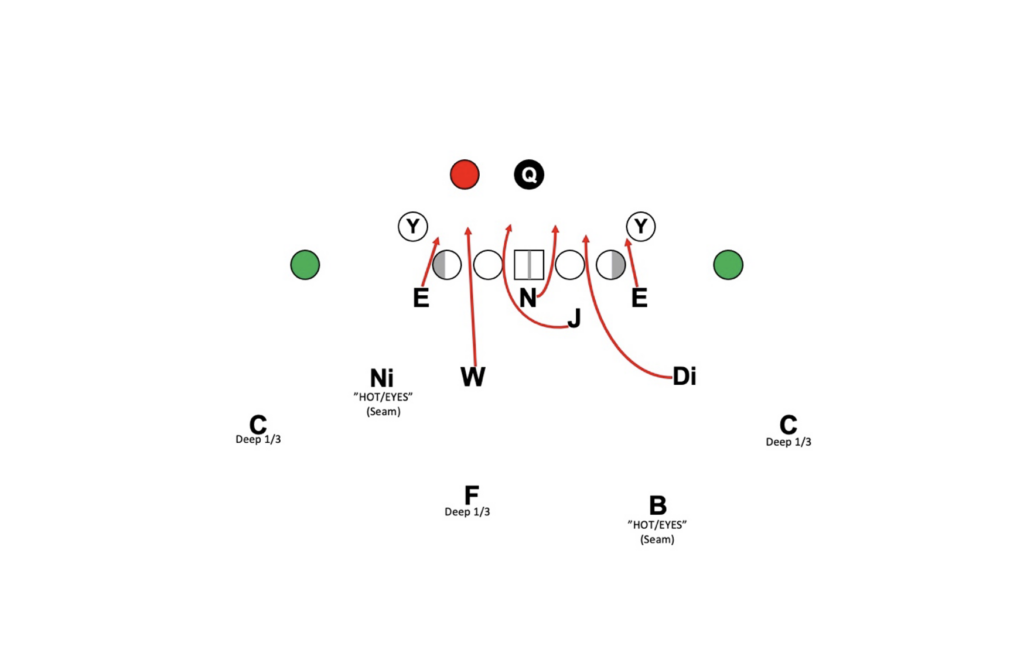
Later in the game, one of the most memorable Ohio State plays in recent times came from a “Hot” blitz call that resulted in a strip-sack and a “scoop-and-score” by Jerron Cage:
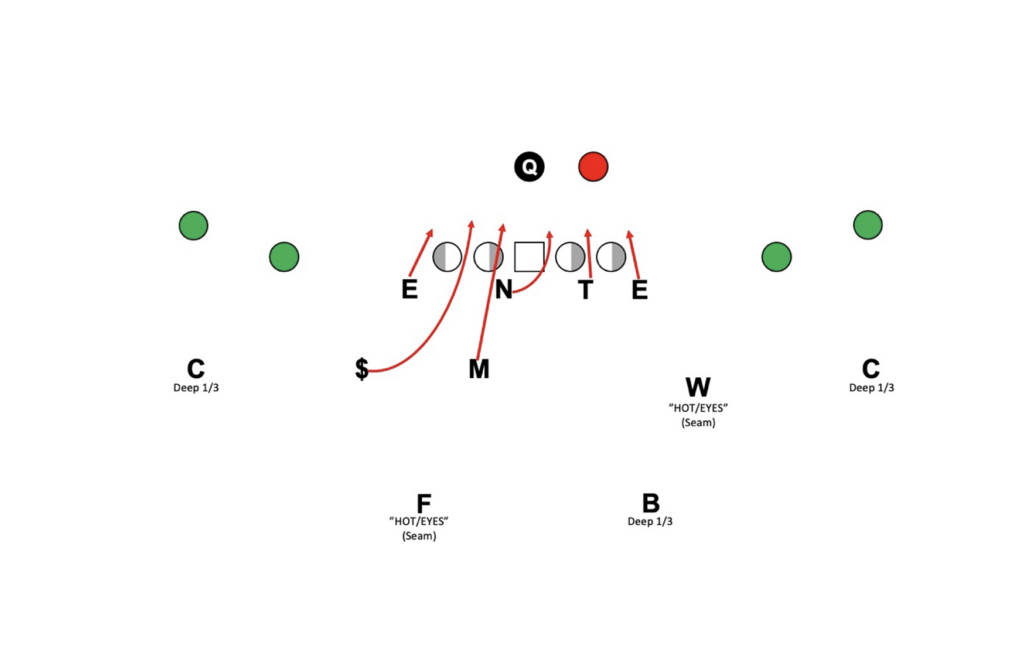
By utilizing six pass rushers, two underneath defenders, and three deep zone defenders, “Hot” blitzes are designed to get maximum pressure on the quarterback while minimizing the risk of giving up a huge gain. This is partly because the pressure will typically get to the quarterback before any long routes have time to develop. Plus, even though the rush won’t get to the QB every single time, the extra pass rushers will still force the QB to get rid of the ball quickly, which generally means the quarterback will have to throw a shorter route to an underneath receiver. Therefore, even if the quarterback is able to find a receiver on a short route, there are still five total defenders in zone coverage on the back-end to stop the receiver from turning it into a huge gain.
An example of how the extra pass rushers on “Hot” blitzes will typically get to the quarterback before any long routes have time to develop can be seen in the next clip. This was Ohio State’s second offensive snap of the game against Notre Dame in 2022, and Notre Dame called for a “Hot” cross-dog blitz. You’ll notice Jaxon Smith-Njigba break open on his deep corner route, but the pass rush gets to Stroud before he has a chance to make the throw:
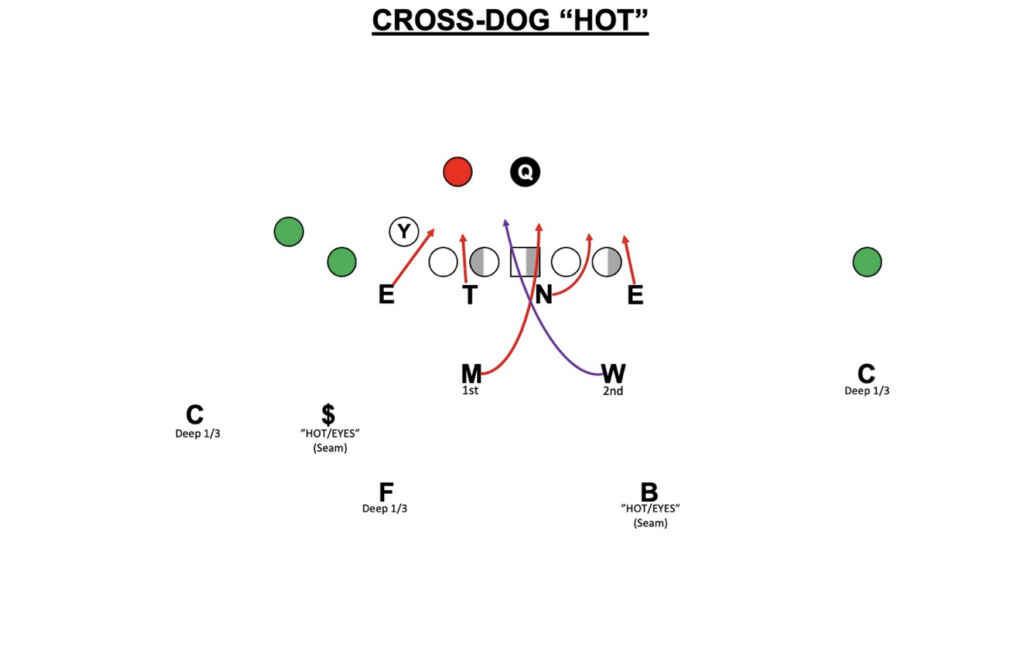
RECAP:
A “Hot” blitz is a 6-man pressure scheme that utilizes 3-deep / 2-under coverage – two underneath defenders responsible for the seams who are reading the quarterback’s eyes, and three deep defenders responsible for the deep thirds of the field.
The purpose of “Hot” blitzes is to maximize the amount of pressure on the quarterback while also minimizing the risk of giving up big plays.

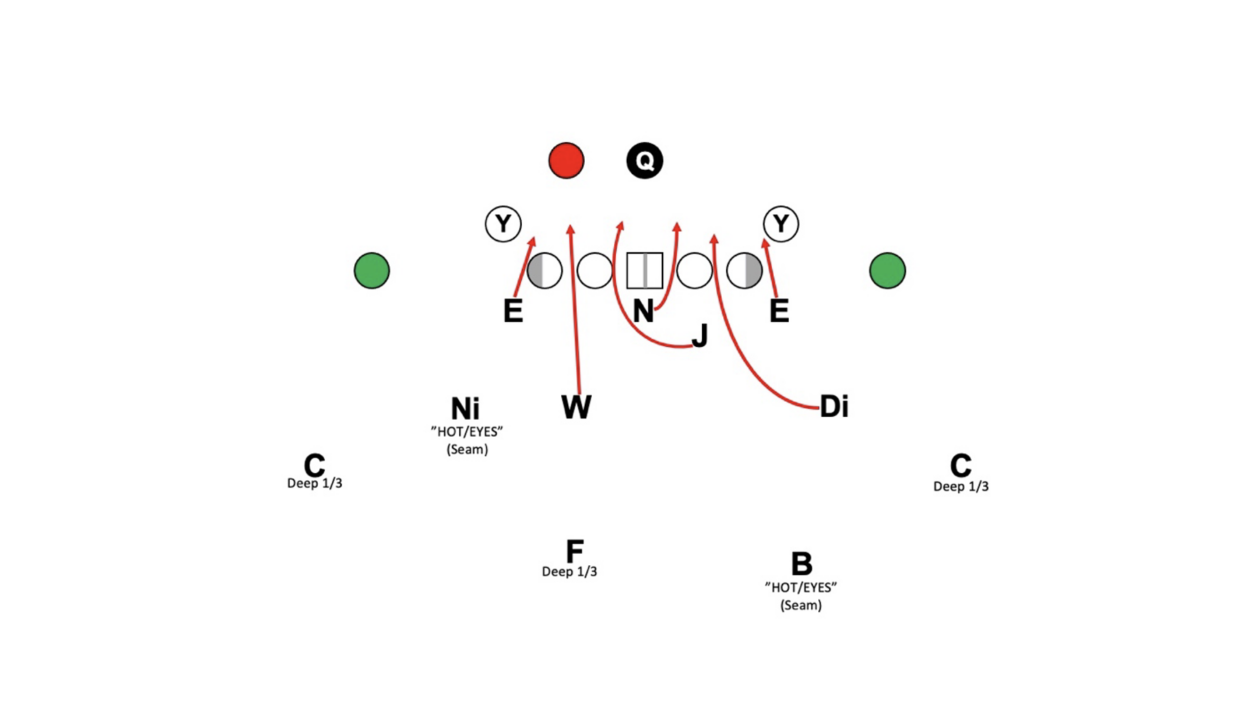
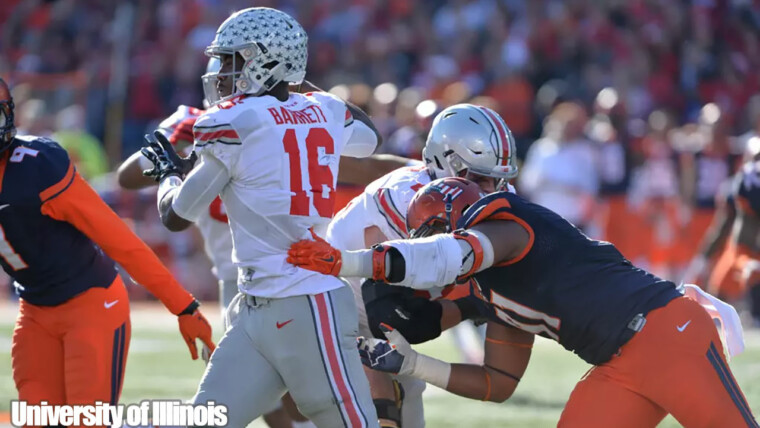
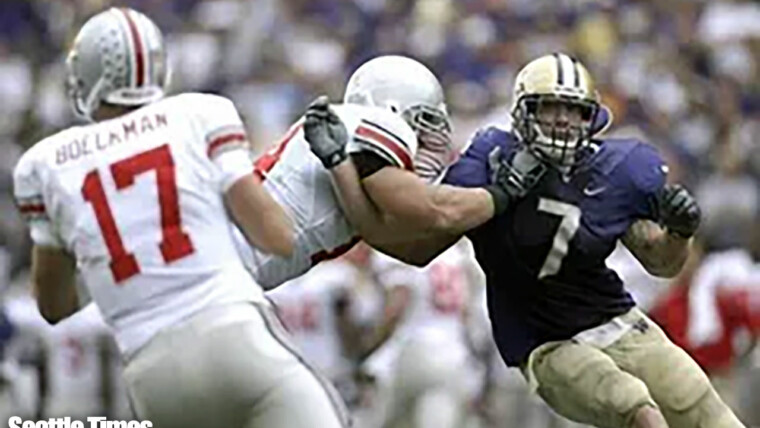
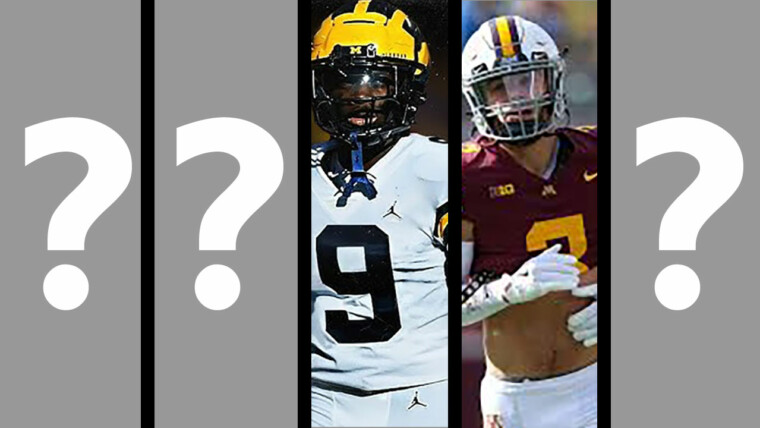
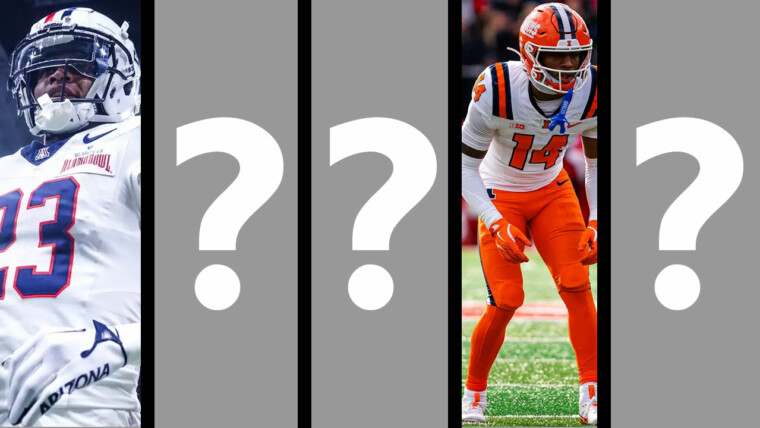
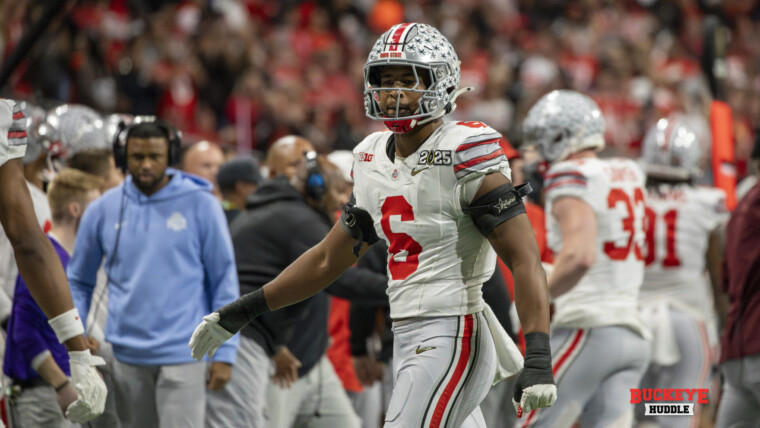
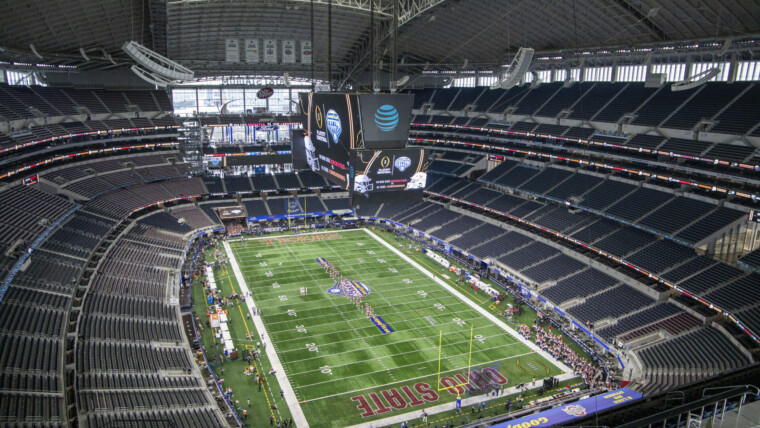
Defending Champion Buckeyes ‘Back At Zero’ As Fall Camp Looms
How Does Ohio State’s 2025 Schedule Rank?
Ranking Ohio State’s 2025 Playmakers: No. 2 – RB James Peoples
Last Go On The Road: Washington
The Impact: Ohio State lands key commitment from cornerback Jordan Thomas
The Impact: Kayden Dixon-Wyatt is latest prototype receiver to commit to Ohio State